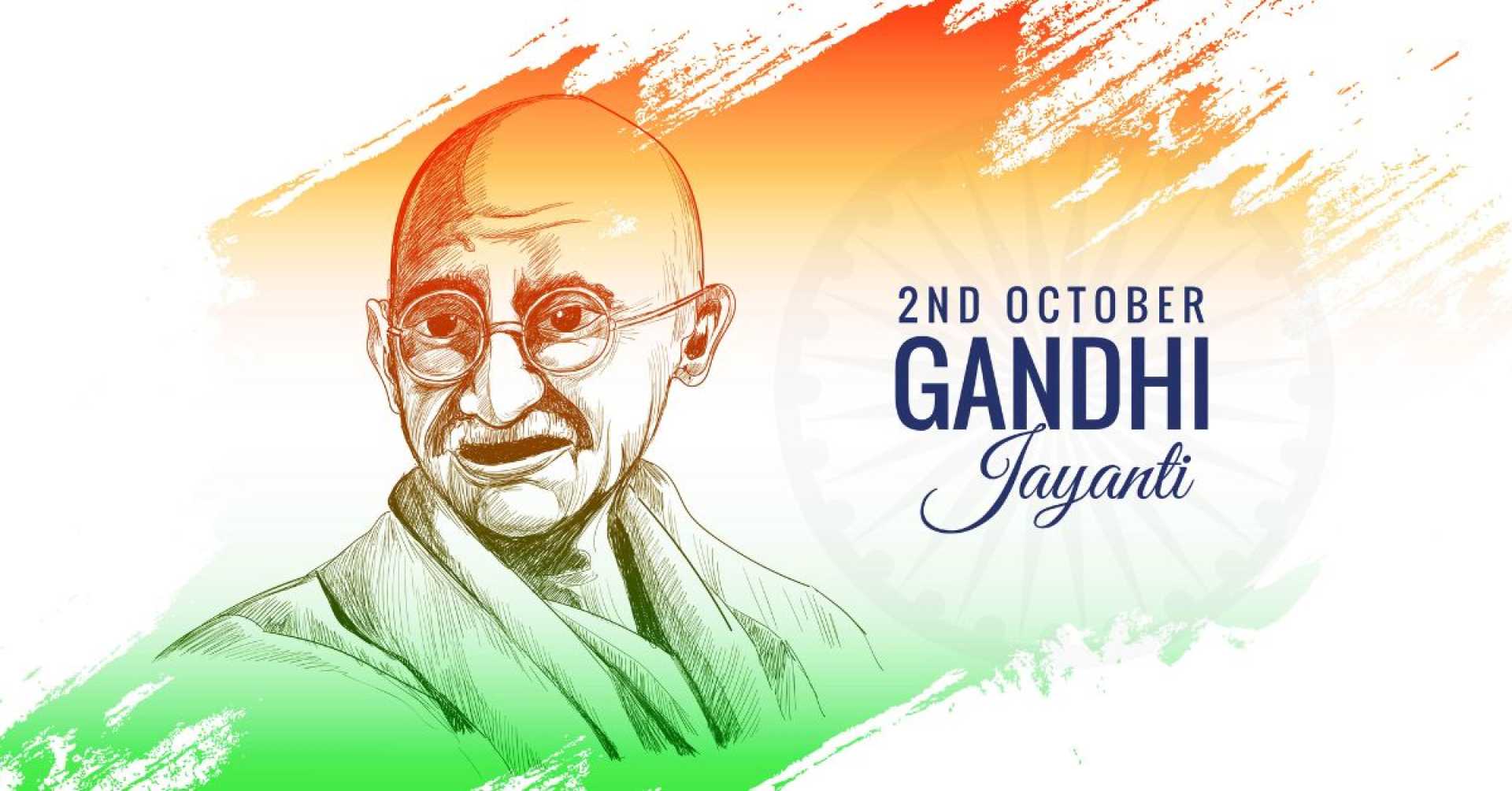Education
Activities to Engage Students on Gandhi Jayanti

Gandhi Jayanti, celebrated annually on October 2nd, marks the birth anniversary of Mahatma Gandhi, revered as the father of the nation in India. His philosophy of non-violence and peace continues to inspire individuals worldwide. Educational institutions commemorate this day with various activities to familiarize students with Gandhi’s ideals and contributions.
One engaging activity for students is the creation of posters, drawings, and banners. These artistic expressions often feature notable quotes and slogans attributed to Mahatma Gandhi, allowing students to visually interpret his message and importance in India’s history.
Another innovative way to teach young students about Gandhi is through role-playing. Encouraging students to dress up as Mahatma Gandhi provides them an opportunity not only to embody the leader but also to present inspirational quotes and enactments related to his life, fostering a deeper connection with his legacy.
The spinning wheel, or ‘charkha’, is emblematic of Gandhi’s approach to self-reliance and simplicity. Teachers can engage students in constructing their own spinning wheels using simple materials such as paper, cardboard, and sticks. This activity not only stimulates creativity but also reinforces understanding of the symbol’s significance during the Indian independence movement.
Visual media also plays a crucial role in educating students about historical figures. Teachers can organize screenings of documentaries and films about Mahatma Gandhi, followed by discussions to enhance comprehension and allow students to express their interpretations and reflections on Gandhi’s philosophy and efforts.
To align with Gandhi’s belief in environmental harmony, schools can organize tree planting activities. This hands-on involvement emphasizes the importance of sustainability and teaches students about living in balance with nature, mirroring Gandhi’s ideals.
Drama and role-play activities bring historical events to life. Students can perform skits depicting pivotal moments from Gandhi’s life, including the Salt March and Quit India Movement. These performances provide context to textbook learning and cultivate a dynamic understanding of Gandhi’s impact.
Additionally, students may write essays or deliver speeches on topics like “Gandhi’s Vision for India,” “How Gandhi’s Teachings Inspire Me,” or “The Importance of Non-violence in Today’s World.” These reflective activities encourage personal connections with Gandhi’s teachings.
On Gandhi Jayanti, wearing Khadi, a handspun and hand-woven cloth promoted by Gandhi, is encouraged. This activity highlights the significance of the Swadeshi movement and supports local production, a practice Gandhi ardently advocated.
Furthermore, teachers can inspire students to perform acts of kindness or community service. This activity is rooted in Gandhi’s principle of selfless service and his vision for a compassionate society. Students can engage in programs to support the underprivileged, thereby making a positive impact on their communities.
Narratives from Gandhi’s early life and anecdotes about his sacrifices for India’s independence can be shared to further instill his values among students. Such storytelling sessions enable students to explore how Gandhi’s life experiences continue to resonate today.












